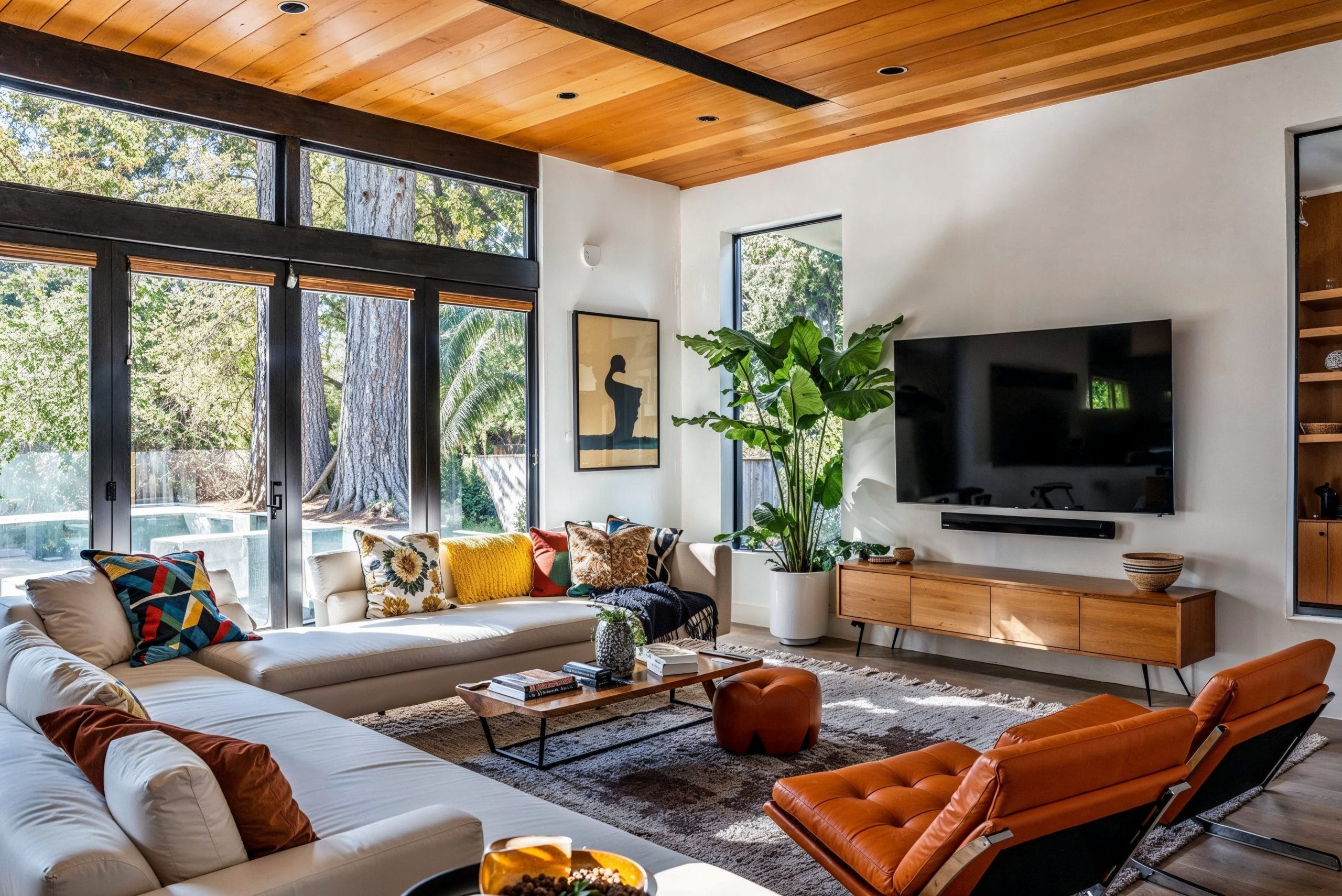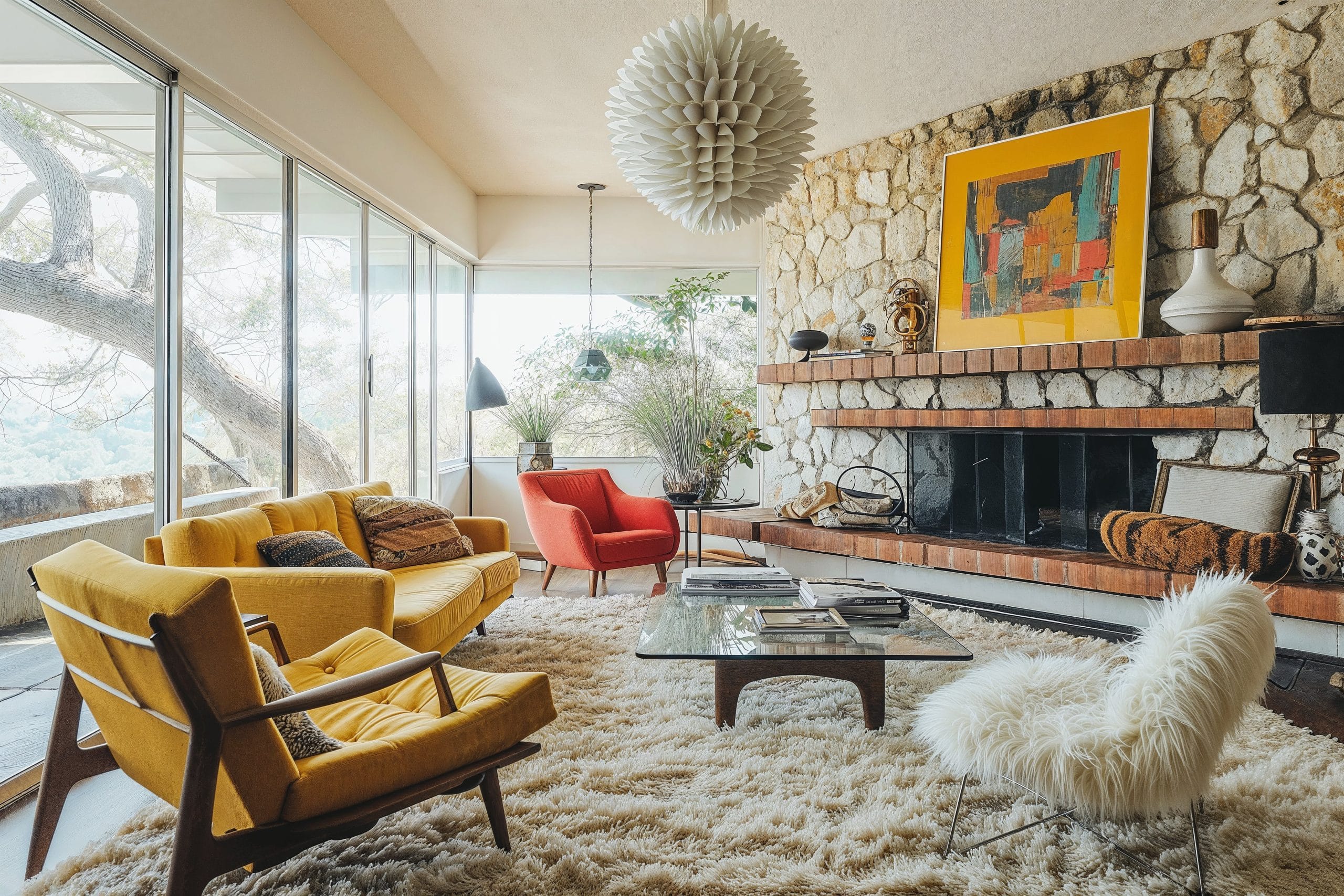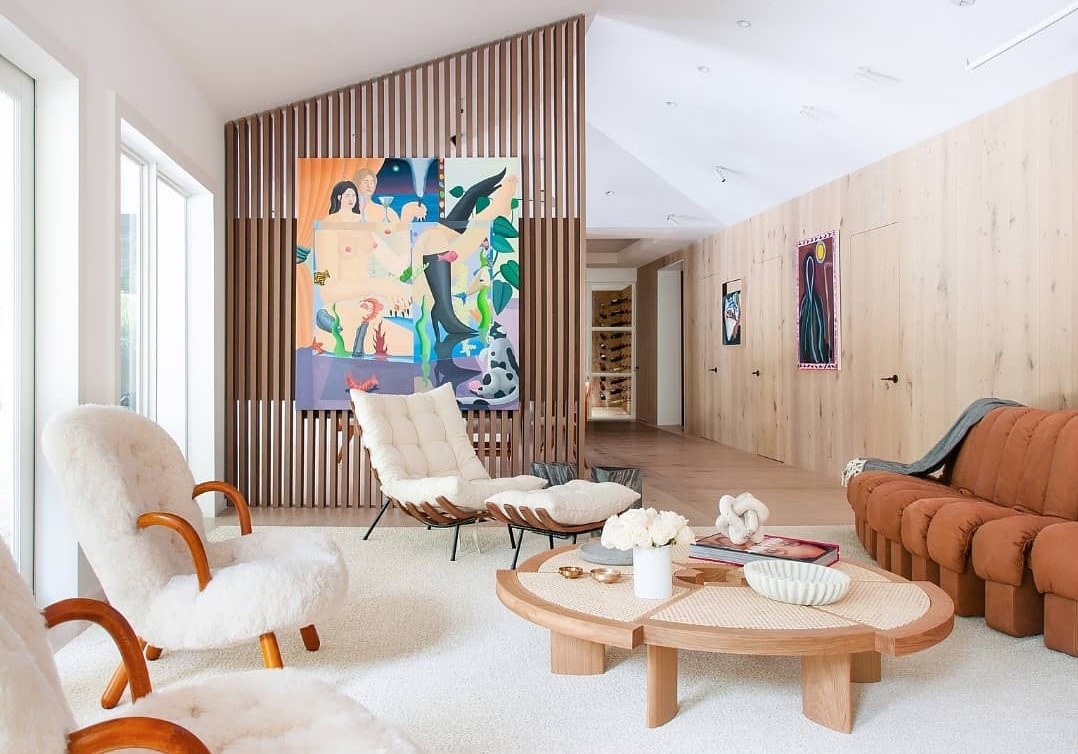If you’ve ever walked into a space adorned with sleek lines, organic forms, and a mix of functionality and beauty, you’ve likely encountered the magic of mid-century modern design. This design style, which flourished between the 1940s and 1970s, continues to influence contemporary interiors today. In this article, we will delve into some of the most influential mid-century modern interior designers, showcasing their contributions to design and offering tips on incorporating this iconic style into your own home. With over 2700 words packed with insights, comparisons, and personal anecdotes, let’s explore the vibrant world of mid-century modern interior design!
Understanding Mid-Century Modern Design
Before we dive into individual designers, it’s essential to grasp the essence of mid-century modern design. Characterized by minimalism, functionality, and organic forms, this style encourages bringing the outdoors inside, emphasizing open spaces and natural light. The use of vibrant colors, geometric shapes, and innovative materials defines many hallmark pieces of this era.
The Key Characteristics of Mid-Century Modern Design
- Clean Lines: Minimalistic and geometric shapes dominate mid-century furniture.
- Functionality: Every piece serves a purpose without unnecessary embellishments.
- Organic Forms: Natural shapes and curves are prevalent, reflecting the beauty of nature.
- Integration with Nature: Large windows and open spaces promote a connection with the outdoors.
- Innovative Materials: Plywood, plastic, and metal were used creatively to craft furniture.
The Pioneers of Mid-Century Modern Design

1. Charles and Ray Eames
Perhaps the most well-known couple in mid-century design, Charles and Ray Eames significantly impacted furniture design with their innovative use of materials and forms. Their Eames Lounge Chair and Ottoman remain timeless classics, combining comfort with elegance.
Notable Works:
- Eames Lounge Chair and Ottoman
- Plastic Side Chair
- Eames Coffee Table

2. George Nelson
As the director of design for Herman Miller, George Nelson transformed the landscape of modern interiors. His designs often included multi-functional furniture that emphasized both practicality and playfulness.
Notable Works:
- Nelson Bench
- Swag Leg Desk
- Ball Clock

3. Hans Wegner
Renowned for his seat designs, Hans Wegner was a Danish designer whose work is characterized by organic forms and a strong emphasis on craftsmanship. His chairs are not just functional; they tell a story through their curves and materials.
Notable Works:
- The Wishbone Chair
- The Papa Bear Chair
- The Ox Chair

4. Arne Jacobsen
Arne Jacobsen was a Danish architect and designer whose work spanned furniture and interior spaces. His Egg Chair and Swan Chair are celebrated for their dramatic shapes and comfort.
Notable Works:
- Egg Chair
- Swan Chair
- A Series Chairs

5. Florence Knoll
As a pioneer for the modern office layout, Florence Knoll’s designs are essential for understanding mid-century modern commercial interiors. Her ability to blend aesthetics with functionality led to iconic pieces still used in offices worldwide.
Notable Works:
- Knoll Sofa
- Knoll Table Series
- Planning Unit

How to Incorporate Mid-Century Modern Design into Your Home
Now that we’ve explored influential designers, let’s discuss how to bring mid-century modern style into your living space.
1. Choose the Right Color Palette
Mid-century modern design often features warm, earthy tones combined with bold accents. Consider shades like mustard yellow, teal, and avocado green. These colors can be integrated through furniture, rugs, or wall paint.
2. Invest in Iconic Furniture Pieces
To achieve an authentic mid-century look, consider investing in iconic furniture pieces, such as those designed by Eames, Wegner, or Jacobsen.
Comparison Table: Iconic Mid-Century Modern Chairs
| Chair | Designer | Material | Features |
|---|---|---|---|
| Eames Lounge Chair | Charles and Ray Eames | Wood, leather | Comfort, elegance, iconic design |
| Wishbone Chair | Hans Wegner | Wood, paper cord | Organic form, lightweight |
| Egg Chair | Arne Jacobsen | Upholstery, fiberglass | Unique shape, lounge comfort |
3. Accessorize with Vintage Finds
Visit thrift stores, flea markets, or online platforms to discover vintage accessories that can enhance your mid-century modern theme. Look for items such as lamps, artwork, and decorative pieces that reflect the style.
Pros and Cons of Mid-Century Modern Design
| Pros | Cons |
|---|---|
| Timeless appeal | Can be expensive to source authentic pieces |
| Functional and versatile | Requires dedicated space for larger furniture |
| Easy to mix with contemporary styles | May not suit everyone’s taste |
4. Create Open Spaces
Mid-century modern design emphasizes open floor plans. If you’re redesigning or renovating, try creating a fluid space that connects different areas without harsh divisions.
Frequently Asked Questions (FAQs)
What is mid-century modern design?
Mid-century modern design is a design movement that emerged in the mid-20th century, characterized by minimalism, organic forms, and an emphasis on functionality and simplicity. It includes various elements like furniture, architecture, and graphic design.
Who are the most famous mid-century modern designers?
Some of the most notable mid-century modern designers include Charles and Ray Eames, George Nelson, Hans Wegner, Arne Jacobsen, and Florence Knoll. Each contributed significantly to the advancement of modern design.
How can I identify mid-century modern furniture?
Mid-century modern furniture often features clean lines, organic curves, and functional forms. Look for materials like wood, metal, and molded plastics. Authentic pieces usually exhibit high-quality craftsmanship.
Is mid-century modern design still popular today?
Yes, mid-century modern design remains popular today due to its timeless aesthetics, functionality, and versatility. Many homeowners and designers continue to draw inspiration from this iconic style.
Can I mix mid-century modern with other design styles?
Absolutely! Mid-century modern design pairs well with various styles, including contemporary, industrial, and bohemian. Mixing elements can create a unique and personal aesthetic that reflects your taste.
Conclusion: Embracing the Timelessness of Mid-Century Modern Design
As you embark on your journey to incorporate mid-century modern design into your home, remember the key principles of simplicity, function, and connection with nature. Whether you choose to invest in iconic furniture, embrace minimalism, or accessorize with vintage finds, the beauty of this style lies in its adaptability and timeless appeal.
Mid-century modern design is more than just an aesthetic; it’s a lifestyle that values creativity, functionality, and connection to the world around us. By understanding the contributions of influential designers and embracing the principles of this beloved style, you can create a space that feels both modern and inviting. Happy designing!